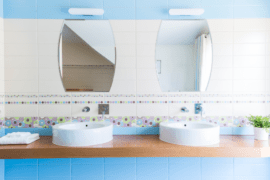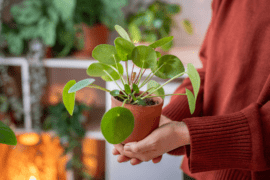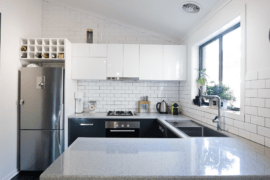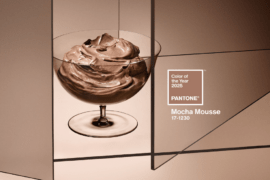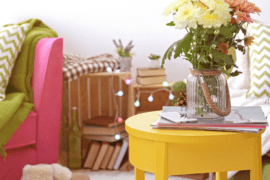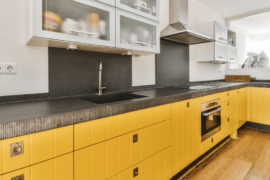If you are into growing houseplants, you have probably come across advice about direct and indirect sunlight. But you might not be sure exactly what these terms mean. In this post, we explain the difference between indirect and direct sunlight. Also, you will find out how sunlight impacts your interior colors!
Plants that need direct vs. indirect light
Plants need light to thrive, as it is the primary component of the photosynthesis process. Every plant has different light requirements to enhance the production of food. When the sun directly hits plants, we’re talking about direct light. It usually comes from a south or west-facing window. The unfiltered sunlight might be too harsh for some plants. However, it offers ideal conditions for cacti and other plants that naturally receive plenty of sunlight.
Indirect light refers to the sun that a plant receives when located in a shady area of a room that receives bright light. For example, a plant will receive indirect light when placed behind another plant. Or, the window shades might filter the light. In most cases, an indoor setting will provide indirect sunlight.
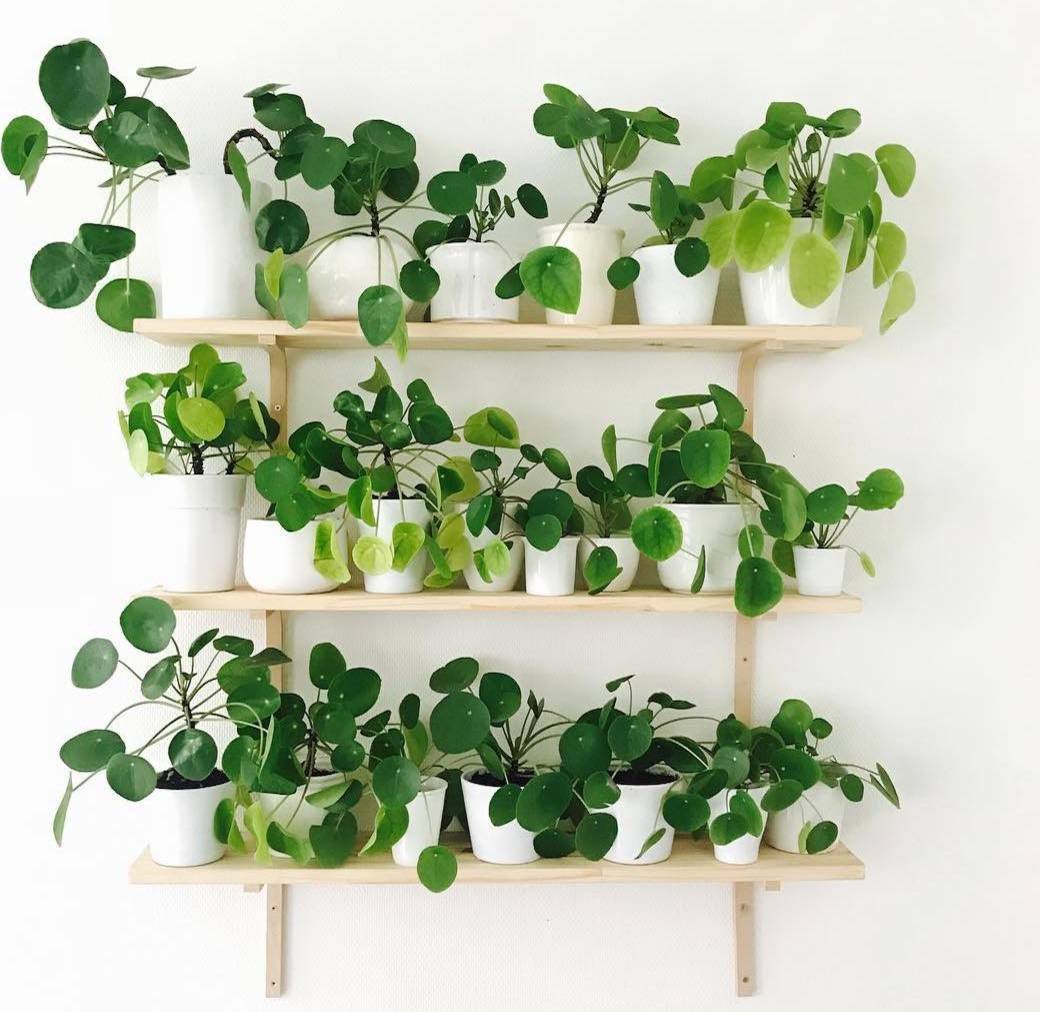
Does light through a window count as direct or indirect?
The light that passes through a window is considered indirect, as the rays will be diffused and won’t have the same intensity. However, it depends on the window. If your window is south facing and there are no obstructions, it can be considered direct light. If the sunlight passes through blinds, curtains, or is reflected, it is regarded as indirect sunlight.
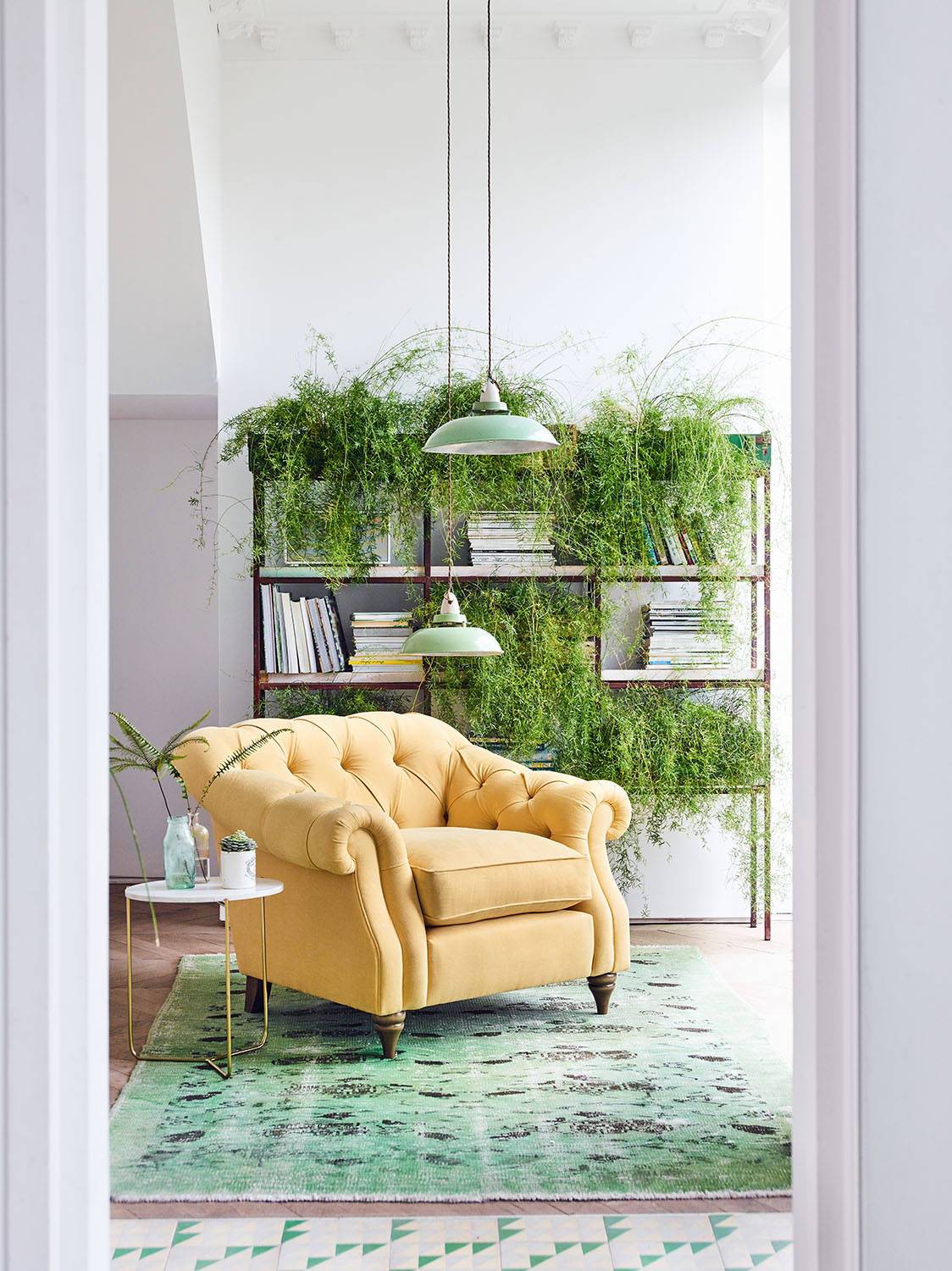
West- versus east-facing windows
West- and east-facing windows provide different amounts of sunlight. An east-facing window offers plenty of sunlight in the morning hours. However, it is weak. We can’t say the same when talking about the west-facing windows. The sun will cast light in the afternoon, hotter than east-facing windows. When deciding where to place your plants, you should be guided by their needs. If your plant requires moderate sunlight, it is better to put it in an east-facing window. West-facing windows can be pretty bright but also tend to be hotter.
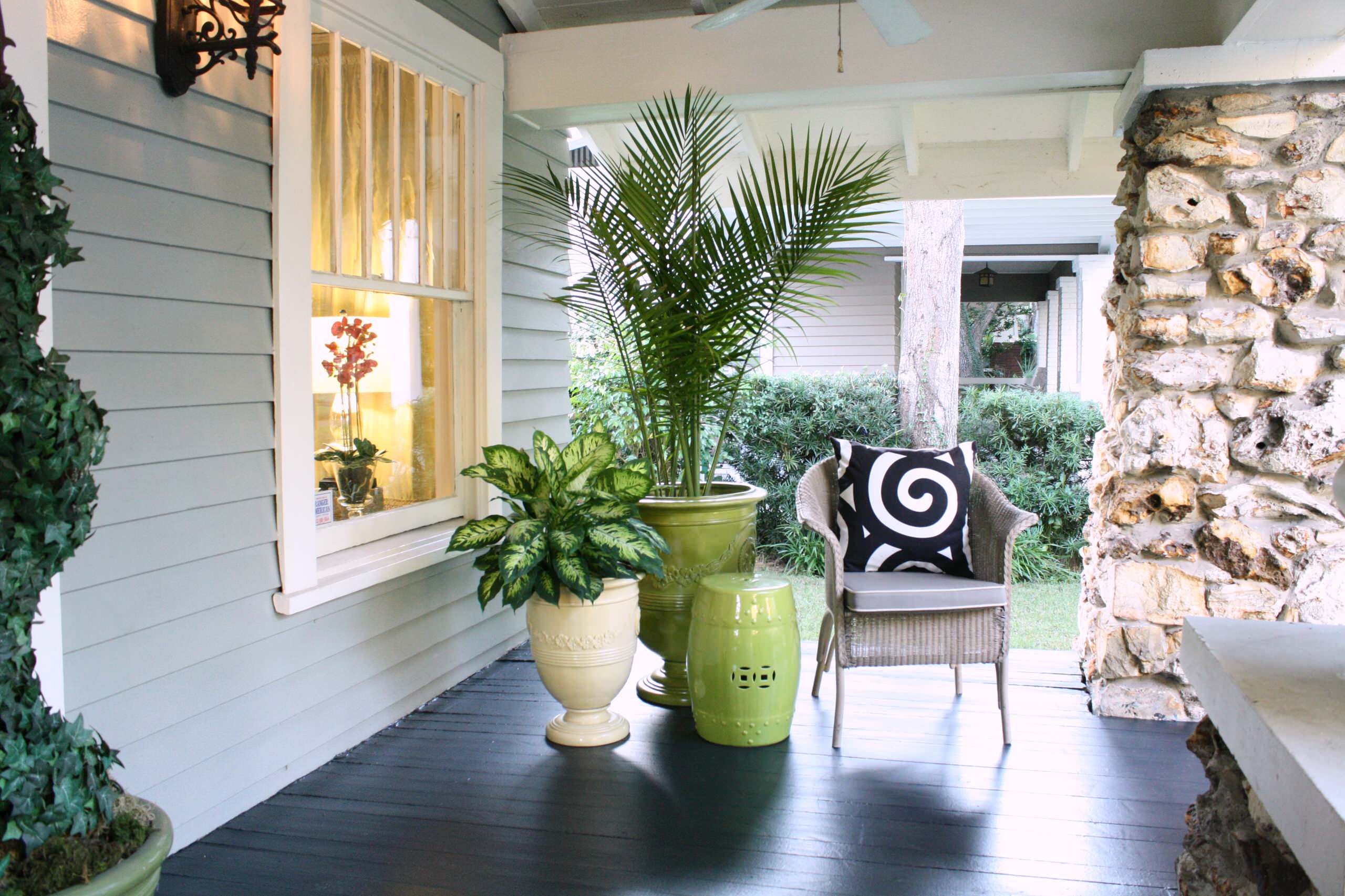
Can sunlight change the way decor or paint looks?
Yes, sunlight will alter the way colors look in space. Whether it is decor or paint, don’t forget that color will behave differently in different light conditions. South-facing windows tend to bring warm light, accentuating the warm undertones in colors. On the other hand, east-facing windows will bring out the cooler undertones. This is important to note when using creamy whites and greige tones, as the light can impact their warmth. Also, a room that receives plenty of light will make the colors appear brighter.
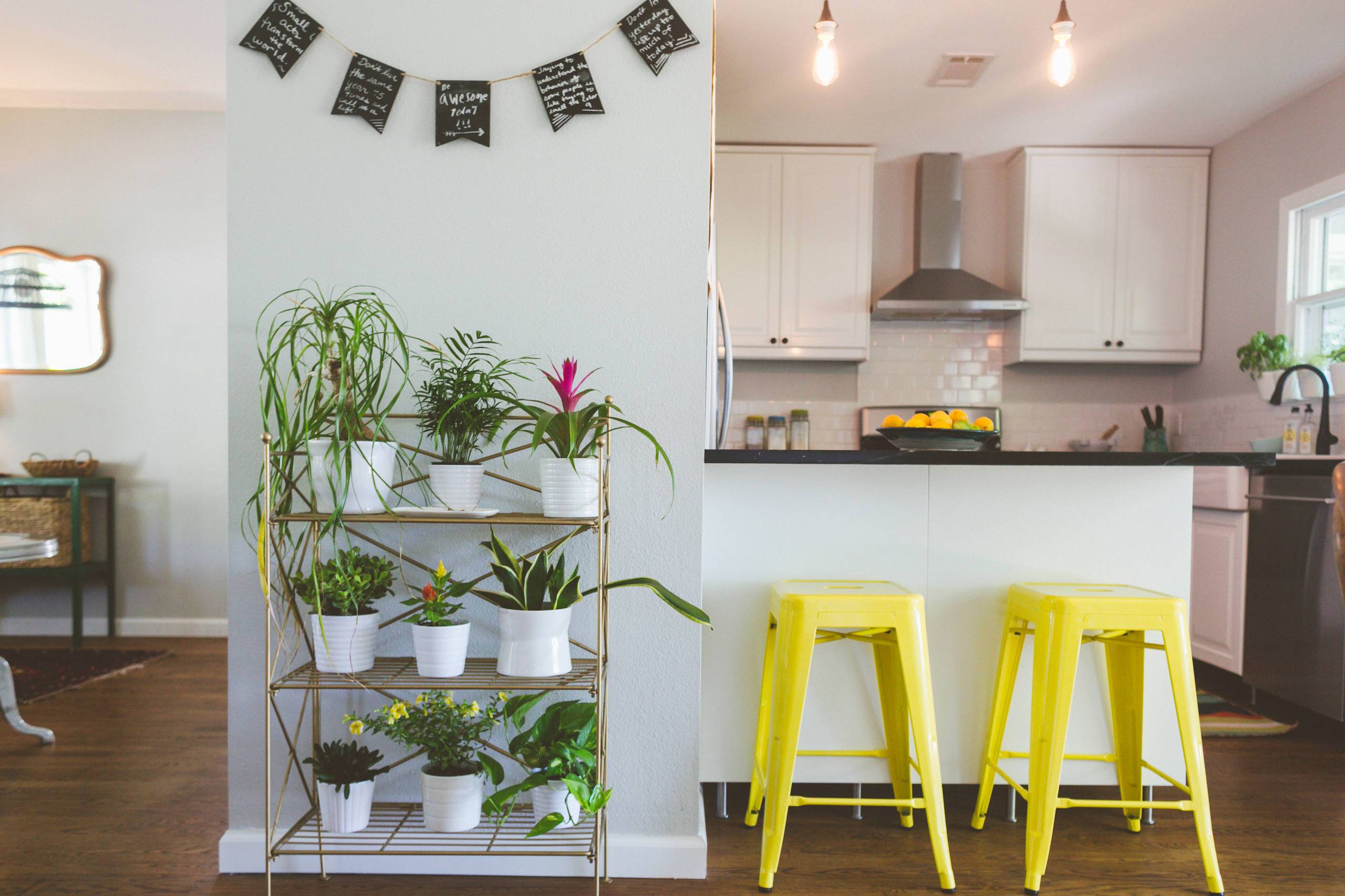
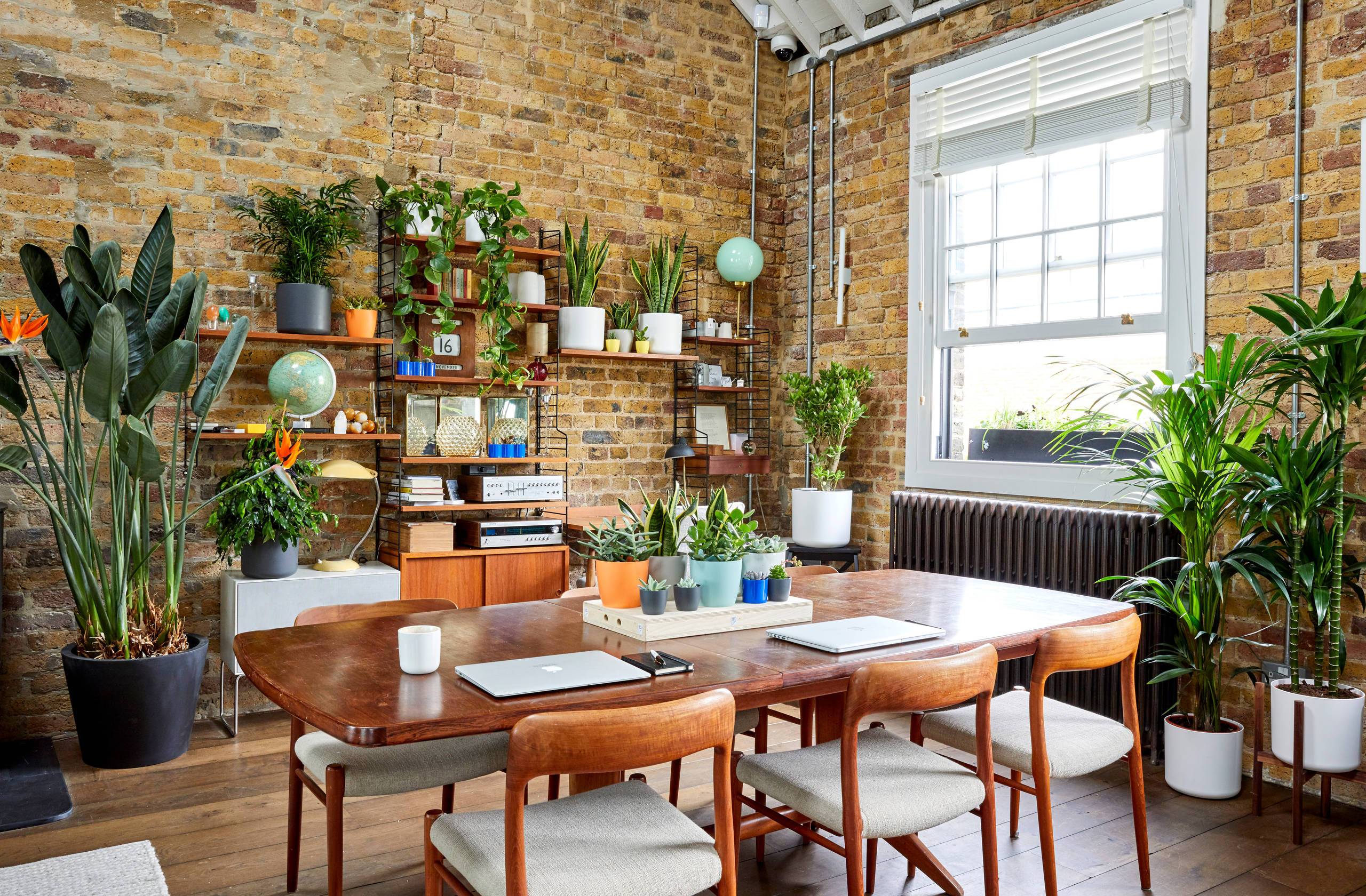
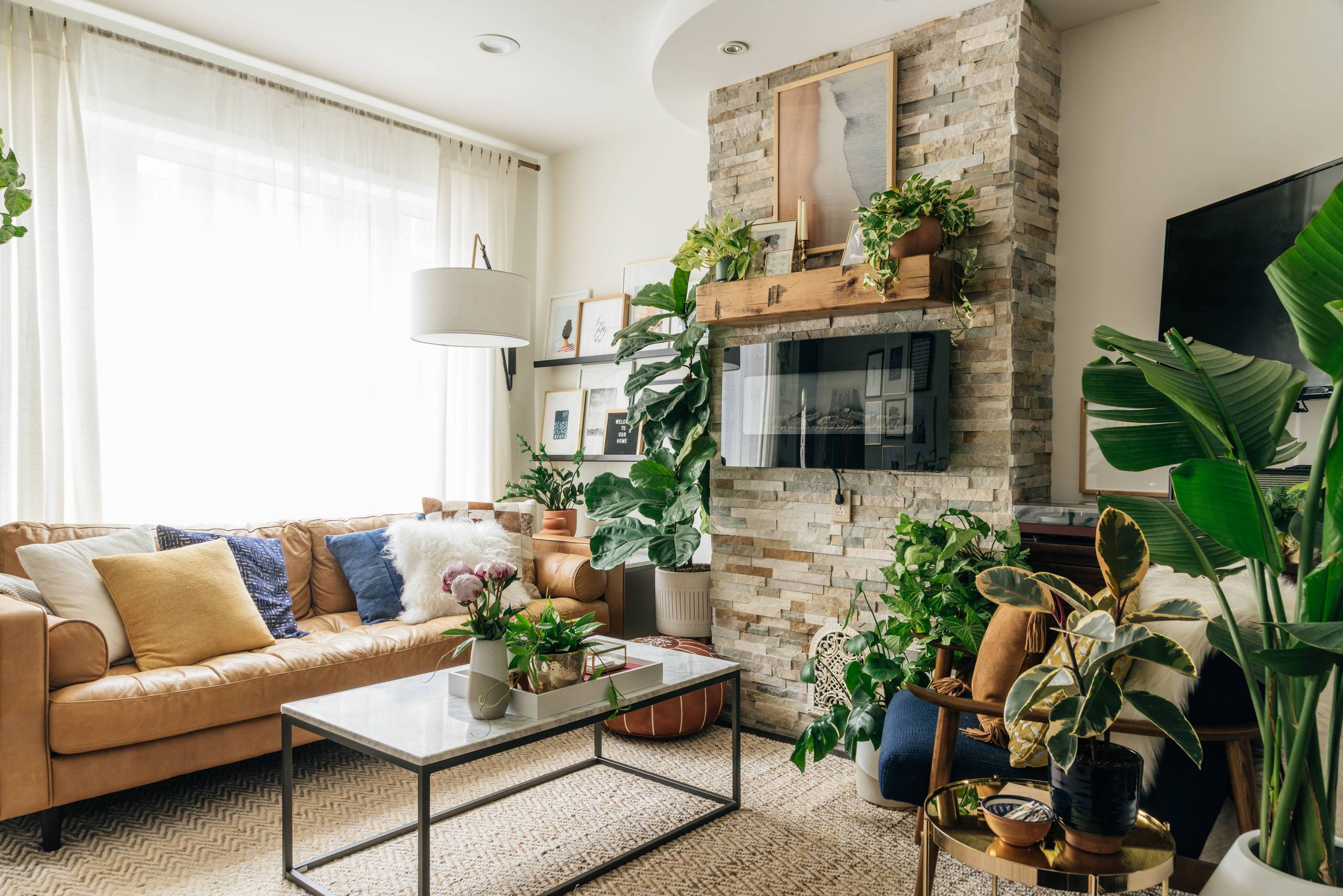
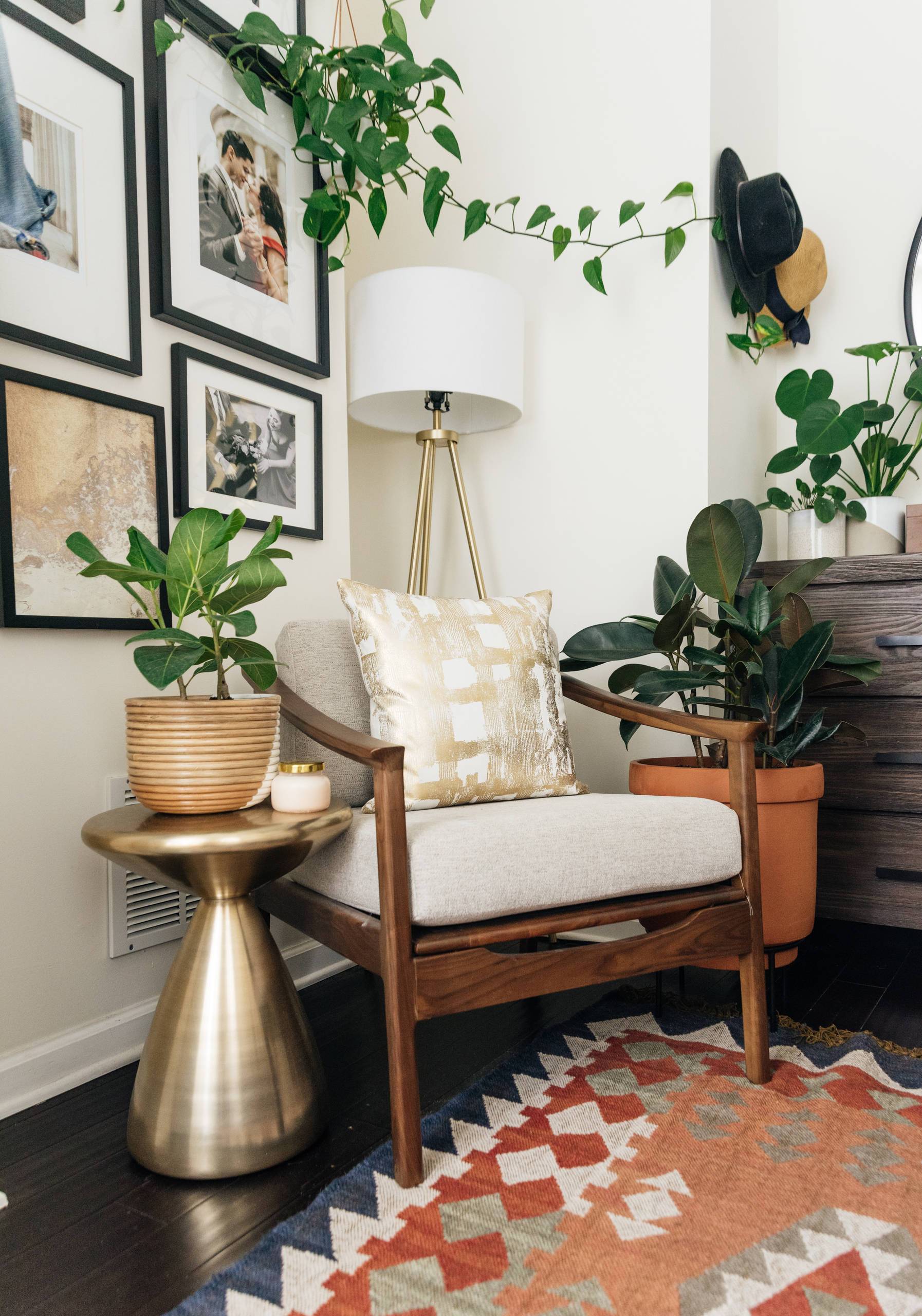
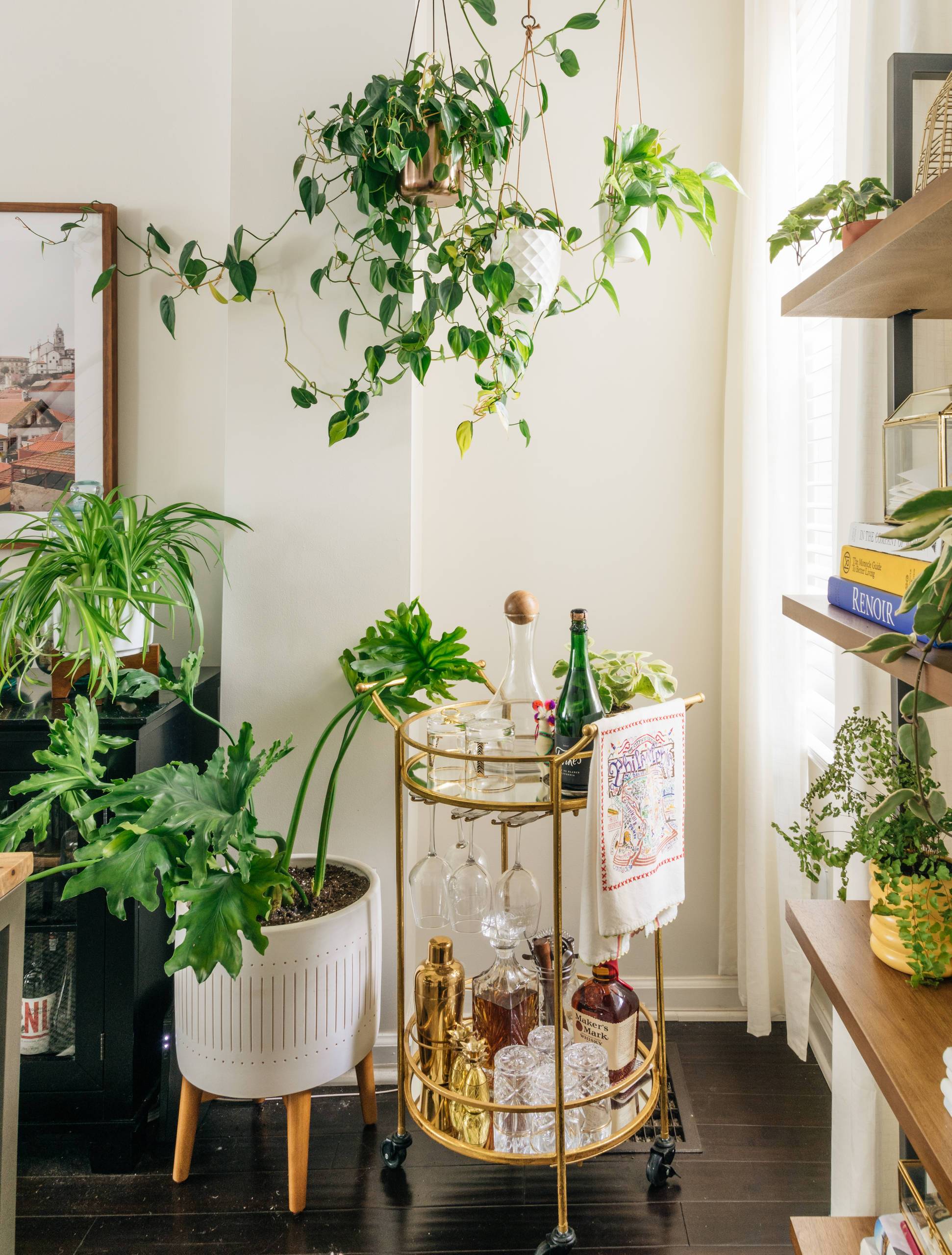
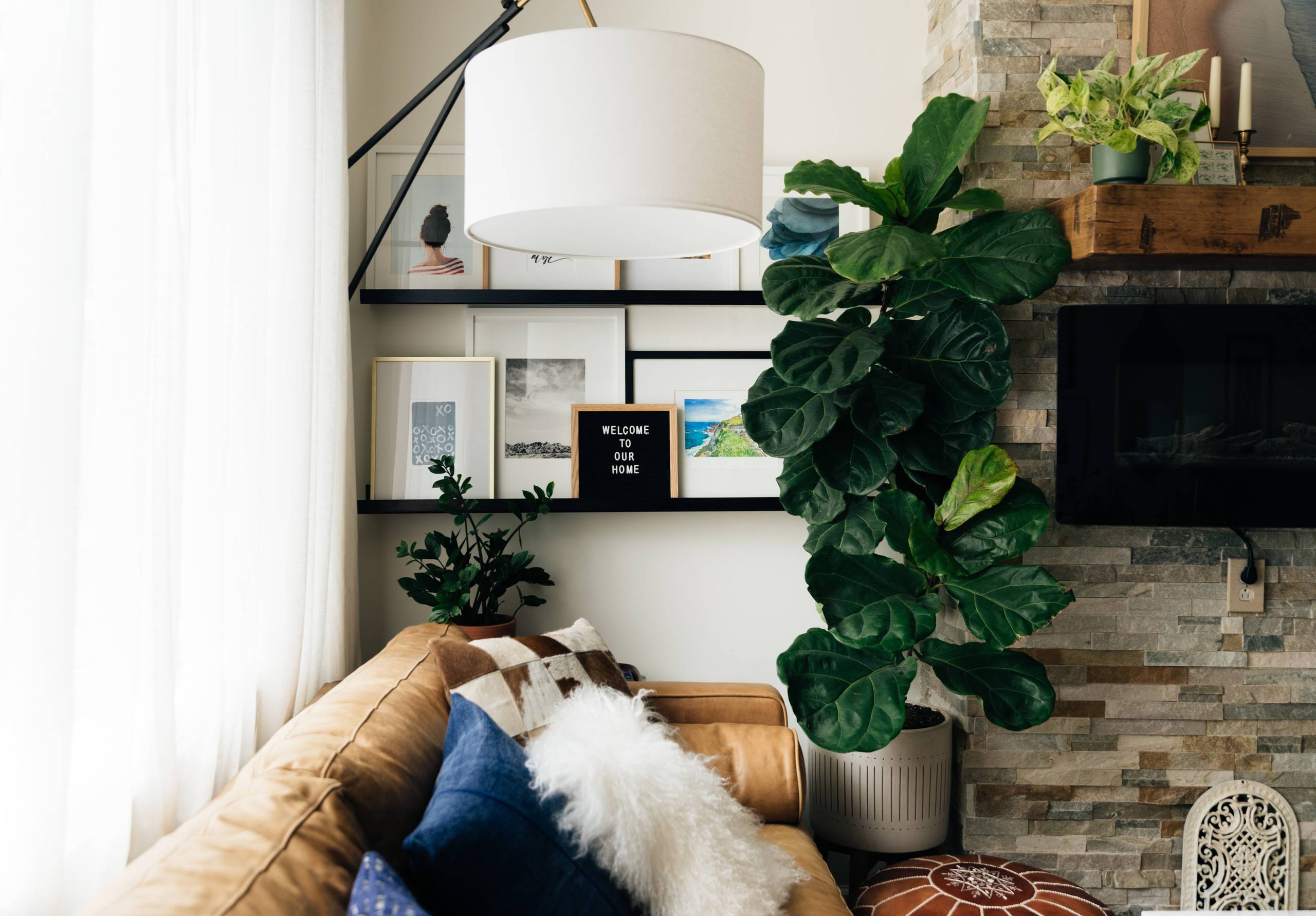
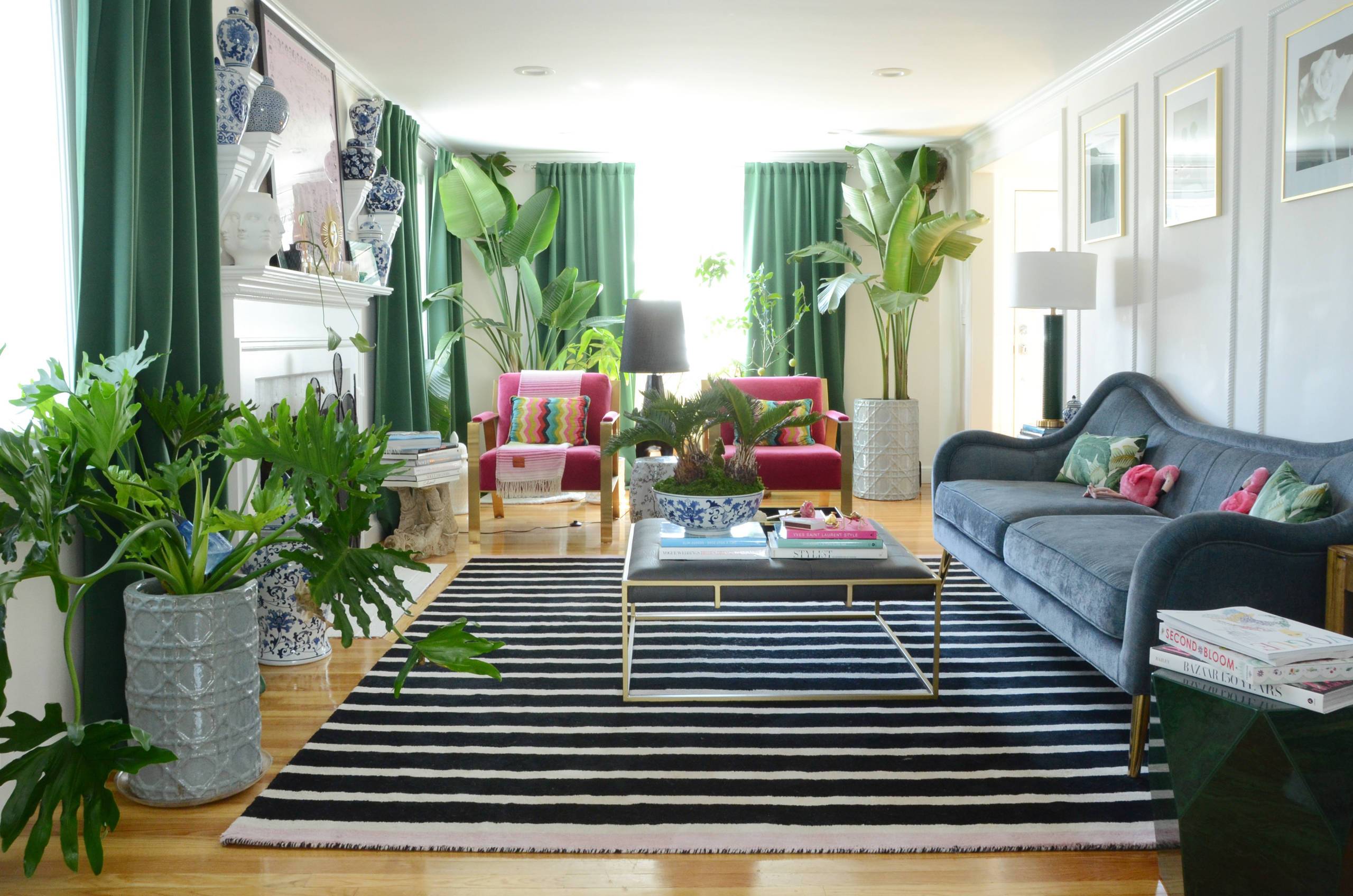
Related Articles
- How to Preserve and Style Flowers Within Home Decor
- The Houseplants Every Stylist Swears By
- 30 Succulent Garden Ideas for Small Spaces: Stunning Planter and Arrangement Ideas
FAQs
What is Indirect Sunlight?
Indirect sunlight refers to sunlight that does not shine directly on a plant but is diffused or filtered through another medium, such as curtains or leaves of other plants. This type of light is less intense than direct sunlight and helps prevent plant leaves from scorching. Indirect sunlight is ideal for many indoor plants that thrive in moderate light conditions without the risk of overheating or drying out.
What Does Indirect Sunlight Mean?
Indirect sunlight means that the light reaching your plant has been diffused or reflected rather than coming straight from the sun. This can occur naturally in shaded areas or indoors where sunlight enters through windows but is softened by curtains, blinds, or other objects. Plants that require indirect sunlight generally prefer a softer light to avoid leaf burn and to maintain healthy growth.
What is Bright Indirect Light?
Bright indirect light is a type of lighting condition where the plant receives a substantial amount of light, but the light is diffused or filtered so that it is not as intense as direct sunlight. This can be achieved by placing the plant near a bright window with sheer curtains or in a well-lit room where the light bounces off walls and other surfaces. Many houseplants, particularly tropical varieties, thrive in bright indirect light.
What is Indirect Light?
Indirect light is any light that is not direct sunlight. It can be light that is reflected off walls, ceilings, or other surfaces, or light that is filtered through curtains or other materials. Indirect light is less intense than direct sunlight and is suitable for plants that do not require high light levels. It helps in preventing leaf burn and dehydration, making it ideal for many indoor plants.
What is Bright Indirect Light?
Bright indirect light is a lighting condition where the plant receives plenty of light, but it is diffused or filtered to reduce its intensity. This can be achieved by placing the plant near a window with sheer curtains or in a room that is well-lit but not exposed to direct sunlight. Plants that require bright indirect light often thrive in these conditions, as they get enough light for photosynthesis without the risk of leaf damage.
What is Indirect Light?
Indirect light is light that has been diffused or reflected and does not hit the plant directly. This type of light is softer and less intense than direct sunlight, making it suitable for many indoor plants that prefer moderate light levels. Indirect light helps prevent the risk of leaf burn and dehydration, ensuring the plant remains healthy and vibrant.
What is Direct Sunlight?
Direct sunlight is the intense light that comes straight from the sun without any obstruction or filtering. While many plants thrive in direct sunlight, it can be too harsh for some indoor plants, leading to leaf burn and dehydration. Understanding the light requirements of your plants is crucial to providing the right amount of direct sunlight and ensuring their optimal growth.
What is Indirect Light?
Indirect light is light that has been diffused or reflected before reaching the plant. It is softer and less intense than direct sunlight, making it ideal for many indoor plants that prefer moderate light conditions. Indirect light helps prevent leaf burn and dehydration, ensuring the plant remains healthy and vibrant.
What are the Best Plants for an East-Facing Window?
East-facing windows provide morning sunlight, which is gentle and not too intense. Many plants thrive in this type of light condition, including ferns, philodendrons, and peace lilies. These plants enjoy the moderate light levels and cooler temperatures that an east-facing window offers, making it an ideal spot for them to grow and flourish.
What is the Meaning of Indirect Sunlight?
The meaning of indirect sunlight is sunlight that has been diffused or filtered before reaching the plant. This type of light is less intense than direct sunlight and is often found in shaded areas or indoors, where sunlight is softened by curtains, blinds, or other objects. Indirect sunlight is ideal for many indoor plants that thrive in moderate light conditions without the risk of overheating or drying out.
